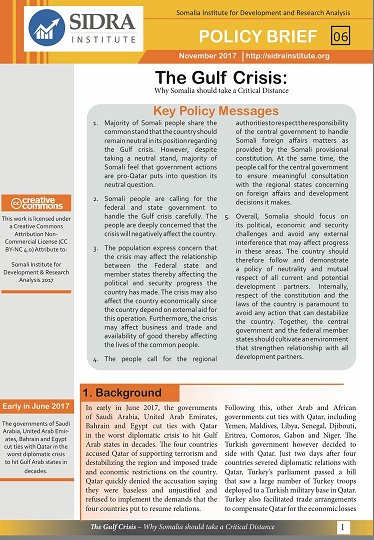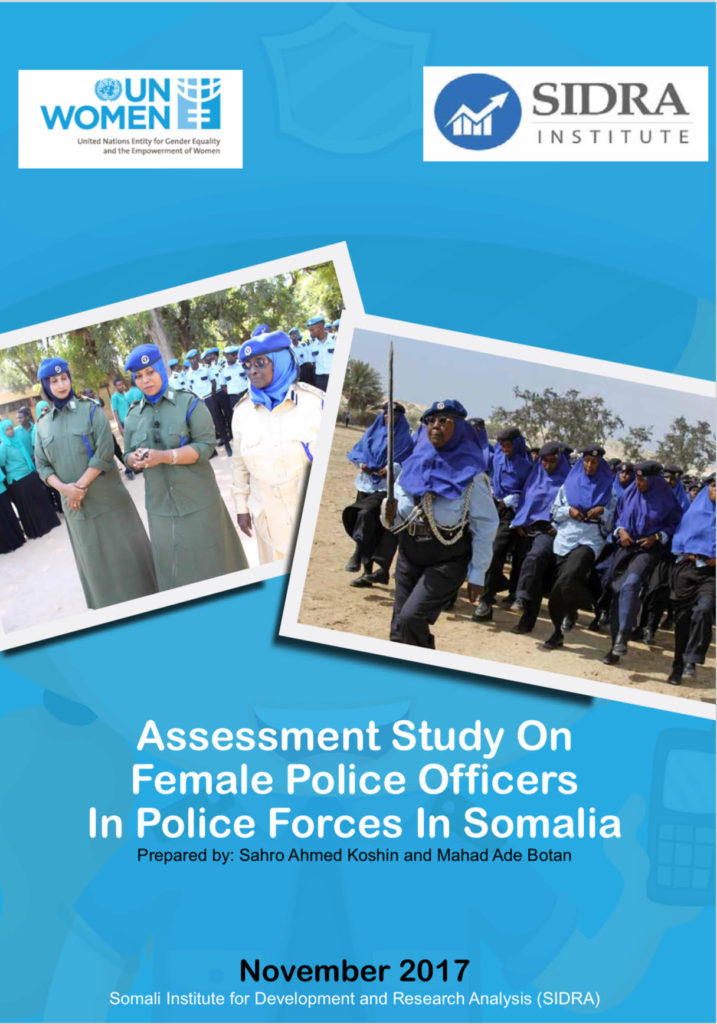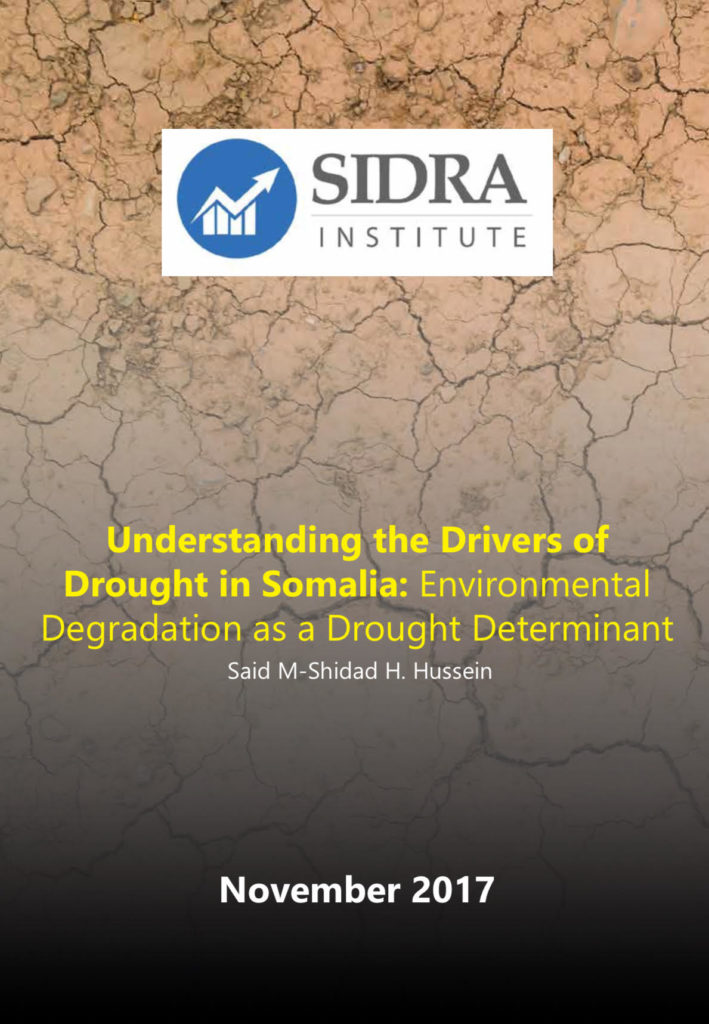This study was carried out between September and November 2016 in close consultation with Somali police forces (Somali Police Force, Puntland Police Force and Somaliland Police Force), and addressed research questions that relate to female police officers. It covered demographics, strategic targets and initiatives, literacy levels and training, roles and functions, obstacles and perceptions, facilities, and sta development policies. Data was collected from 9 locations across the country, including Mogadishu, Kismayo, Baidoa, Borama, Hargeisa, Burao, Garowe, Bosaaso and Qardho through a public survey, a focus group discussion and key informant interviews. The public survey of the Somali police force was carried out at both federal and state levels using elaborate questionnaires administered to 360 participants. 51 key informants drawn from the police force, civil society, community leaders and government informed this study, and nine focus group discussions were organized at the nine locations, which brought together 161 participants to discuss various issues relating to female police officers in Somalia. The study analysis was organized along seven result areas: (i) Baseline information, (ii) Strategic and operational niches for deployment of female police o cers across Somalia, (iii) Strategic approaches to gender-responsive human resource policies in police forces, (iv) Areas of support and the training needs for female o cers, (v) Challenges and obstacles to female o cers performing their functions, (vi) Development of security plans and operations to prevent and respond to SGBV, and (vii) Women’s participation and representation in the justice and security sector.



